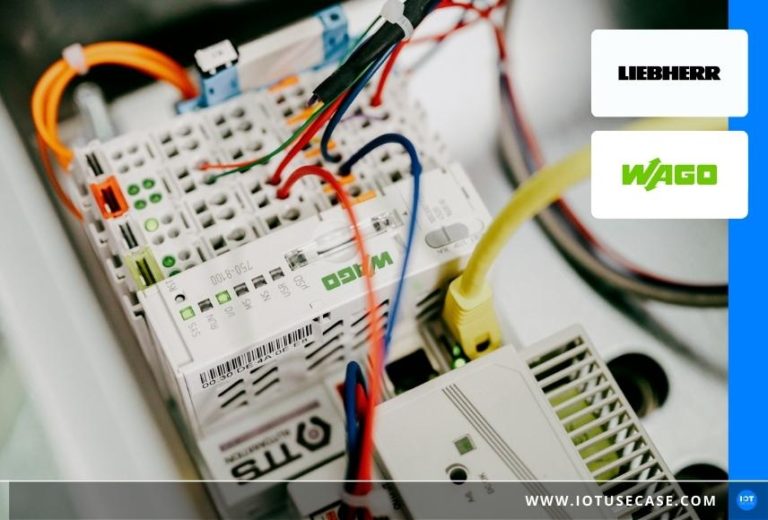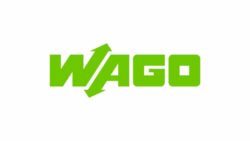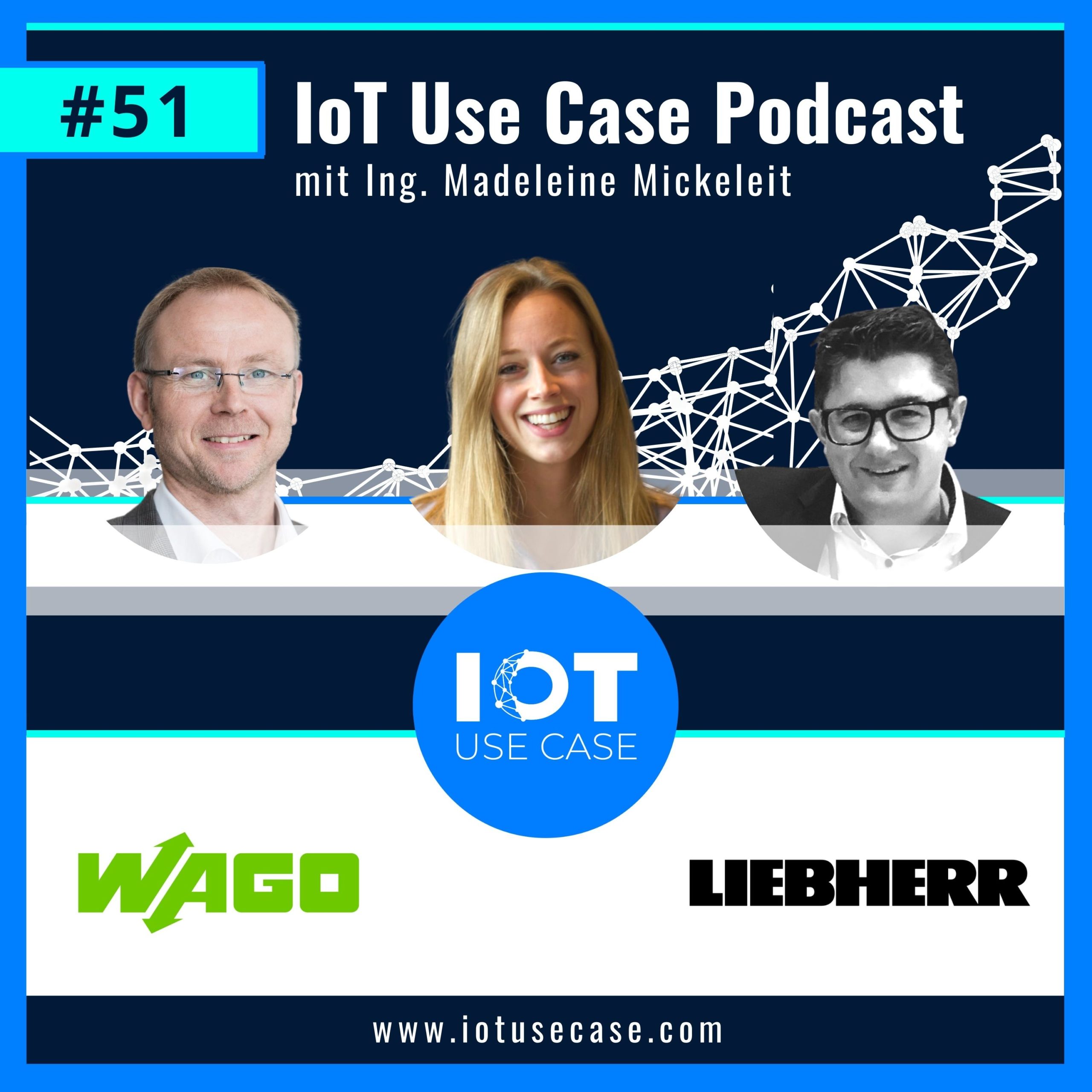Networking with the Industrial IoT (IIoT) is the prerequisite for many data-based applications, such as modern product lifecycle management. The PLM Innovation department has developed a solution for this. It offers added value that goes beyond connecting a production machine.
The challenge: Product Lifecycle Management requires data
Liebherr, a family-owned company, operates in eleven business areas, of which mechanical engineering, construction and mining equipment, and refrigeration and freezing technology are the best known. Together, the decentrally organized subcompanies offer many thousands of individual products. Liebherr-IT Services GmbH is the heart of the Group’s IT infrastructure. From the location in Oberopfingen, IT solutions are brought to and managed by the globally positioned group of companies. One of these departments has made it its core task to provide all manufacturing sites with the latest development and design programs (PDM). The aim is to harmonize product lifecycle management in short PLM.
PLM is a concept for the seamless integration of all information as well as data flows that occur in the life cycle of a product – from design to construction and production to service. PLM helps companies understand how users use products. The data goes back into the design of the next generation of products. A necessary prerequisite for the successful use of PLM in manufacturing is the barrier-free handling of data from IT systems, production processes and ultimately also the manufacturing machines. What is needed is an industrial IoT solution that makes it possible to securely and flexibly network every production machine at the sites.
The result is the IoT Box or IT control cabinet, which was designed according to Liebherr’s requirements. The essential core components are, a power sub-distribution, a manageable network switch as well as the latest control generation, the PFC200, from the company WAGO. Various service counters and an alarm light round off the concept.
The solution: A modular and expandable IIoT connection
With regard to the clamping technology, current transformers, and control components, the company chose WAGO, a specialist for connection and automation technology, as a solution provider for networking with the Industrial IoT.
WAGO also offers a complete system for connecting new and existing systems. It’s ready-made and offers everything from recording signals to cloud connectivity. In addition, the IoT box works together with different sensors (such as temperature or humidity).
The data goes into the desired IoT application with just a few parameterizations. The device can be flexibly connected to a platform via Ethernet, WLAN or mobile comunication network. The OT and IT networks are separated. Additional I/O modules with analog and digital inputs and outputs ensure easy connection of machines. In addition, further I/O cards and a protocol gateway to different fieldbus and control protocols can be retrofitted.
Another important function for smart manufacturing is the evaluation and preprocessing of data. This is possible via the use of the corresponding PLC functions as well as with Linux applications including Docker. WAGO’s system is designed to meet a variety of use cases. It is possible to transfer raw data only and implement the actual analysis in the higher-level IT system – e.g. in the cloud. On the other hand, the user can supplement the IoT box with an edge device with its own computing capacity that preprocesses the data. One example is a data filter that forwards only a portion of the data stream based on predefined criteria.
The result: Comprehensive data collection on the shop floor
The IoT Box from WAGO can thus be flexibly adapted to the requirements of individual production facilities and product lines. At the same time, it is not limited to product lifecycle management as a field of application. Hardware and software are designed in such a way that the IoT box can also be used in future use cases. The data can also be used for condition monitoring, anomaly detection or data analytics.








